(Trumpet angel) This plant is usually worn with Angle's trumpet [ type of Flower Trumpet Spreads]
The type of Flower Trumpet Spreads in the World.
This plant is usually worn with Angle's trumpet (trumpet angel), or in Indonesian can be called a flower trumpet; amethyst flowers.
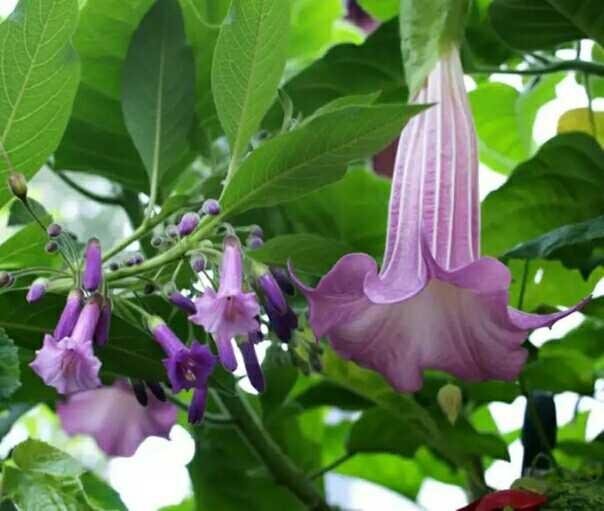

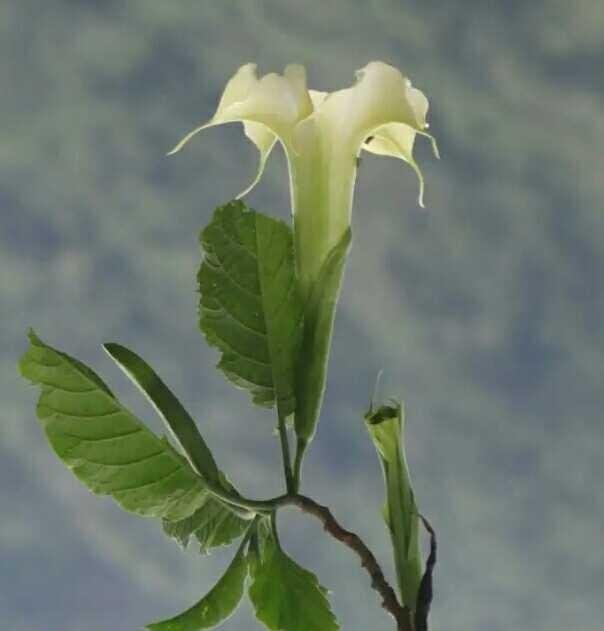
photography
Flower trumpets are usually associated with the close genus Datura. Though the genus Datura itself is different from Brugmansia, ranging from the form of an erect flower and most of its fruit thorns.
Like other ornamental plants, Brugmansia is a shrub that has poison almost every part.
There are currently seven species of flower trumpets in which the seventh are species listed in Extinct in the Wild by the IUCN Red List, although in reality they are still to be found in the wild.
DESCRIPTION AND SELF-INTERESTED FLOWS
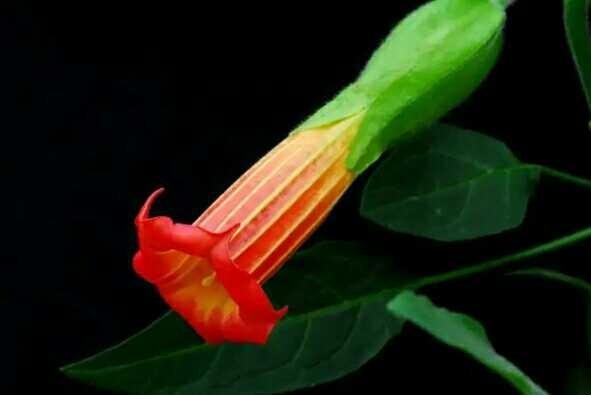
photography
As with other bush plants, trumpet flowers are also plants with small twigs, and semi-wood, and have many branches.
For size, this plant is able to grow to reach a height of 3-11 m. Leaves have a length of about 10-30 cm with a width ranging from 4-18 cm.
The leaves have a rough and toothed tip, other than that the leaves have a kind of fine hairs that if exposed to the skin will cause itching.
photography
The name "Angle's Trumpet (angel trumpet)" refers to its dangling shape like a trumpet, with a length ranging from 14-50 cm.
Not much different from other ornamental plants, trumpet flowers have several color variants such as white, yellow, pink, orange, green, and red.
At that time, the flowers give off a strong scent (especially Brugmansia sanguinea), and it gets stronger as night comes. While the interest can be a single flower, double, or more.
ORIGIN AND HABITAT
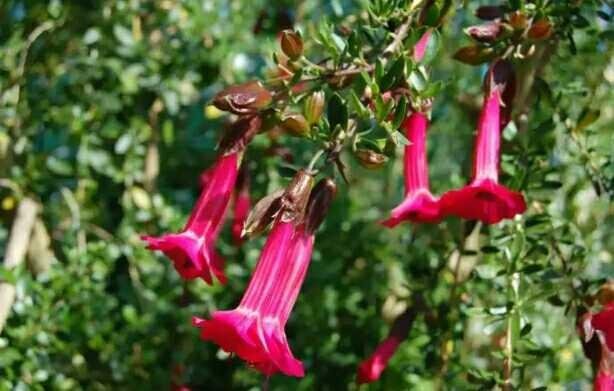
photography
Trumpet flowers are native plants that grow and live in tropical regions of South America, along the Andes mountains that stretch from Venezuela to northern Chile, and we can also find in a small part of Brazil.
This plant is transformed into ornamental plants that spread almost to the whole world from North America, Africa, Australia, and Asia. Whether it is natural or through human assistance with cultivated.
In the wild it is very useful for the survival of butterflies (especially the type of Placidula euryanassa).
Where the butterfly is utilizing trumpet flower species Brugmansia suaveolens as one source of food for the butterfly larvae.
In addition, the content of tropane alkaloids in plants is very useful to protect the larvae from the predator threat.
TYPES OF INTERESTED FLOWERS
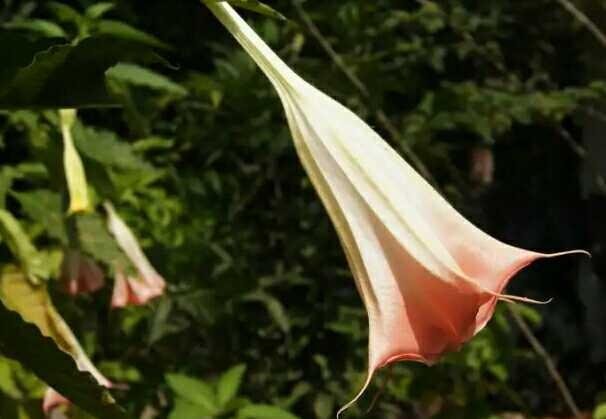
BRUGMANSIA INSIGNIS
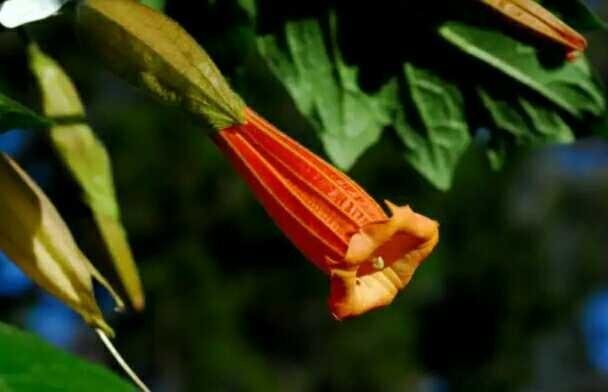
photography
Brugmansia insignis is one species of trumpet or amethyst flowers and is a endemic plant that inhabits the Amazon and the Andes Mountains to the eastern border of Peru.
This amethyst has a size large enough, with a distinctive aroma. IUCN has incorporated this interest into the Extinct in the Wild species list.
This plant is able to grow to reach a height of 3-4 m. Medium-sized flowers, ducked, and funnel-shaped like a trumpet.
For the color of this flower has a white color at the base and pink at the end of the flower
BRUGMANSIA SANGUINEA
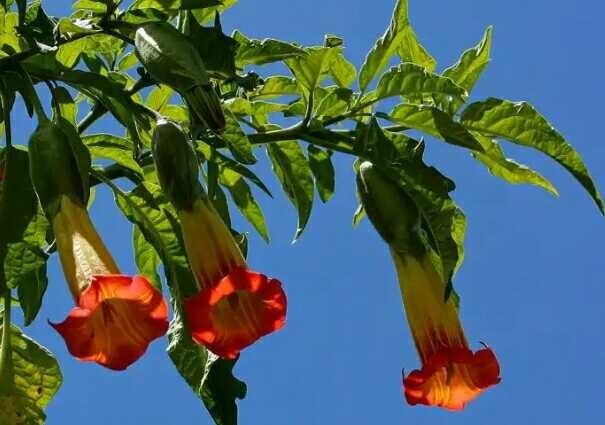
photography
Brugmansia sanguinea or Angel red Trumpet; red horn, is slaah one species of trumpet flowers native to endemic South America.
This red amethyst has a height of up to 10 meters. The flowers duck with a unique color combination, which starts with a green color at the base of the flower, then yellow, then orange and red at the end.
This plant grows and lives along the Andes mountains especially the mountains of Colombia to the North of Chile at an altitude ranging from 2,000 - 3,000 meters above sea level.
CONNECTION OF FOREST (B. SUAVEOLENS)
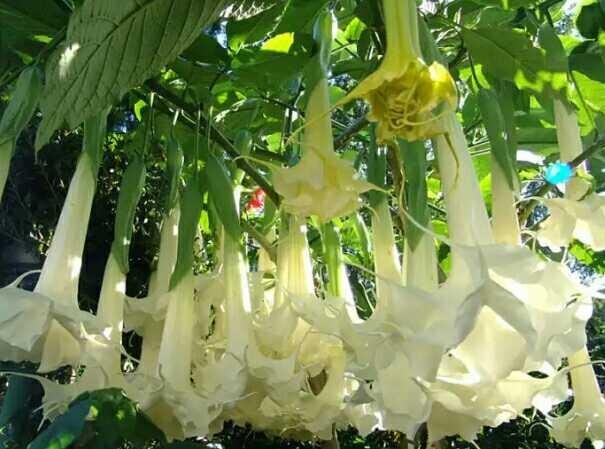
photography
Amethyst Forest (B. suaveolens) or white trumpet flowers; Brazil's white Angel Trumpet, also known as the Angel Tears.
Amethyst forest is a native plant endemic to South American forest dwellers, as well as degan other amethyst plants flower grows as a shrub and has a flower that smells fragrant.
As with other flower trumpets this flower has a trumpet-like shape with a distinctive scent and white flowers.
The tree mamapu grow to reach a height of 3-5 m. The leaves are oval, with a length of 25 cm and a width of 15 cm.
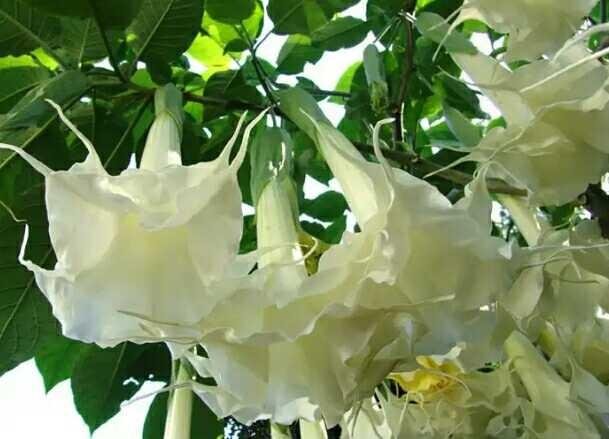
photography
While the flowers have a long ranging from 24-32 cm and shaped like a trumpet.
This type of flower trumpet is originally a plant endemic tropical rainforest of Southeast Brazil, which grows at an altitude of 1,000 m along the banks of rivers and forests with warm temperatures, high humidity, and sufficient rainfall typical of the tropics.
But today, as the age and the science of this plant grows we can easily find it in South America's residential area; and sometimes in Central America, Mexico, California and even in parts of Florida.
BRUGMANSIA VERSICOLOR

photography
Brugmansia versicolor is one type of trumpet flower that comes from South America or precisely in the region of Ecuador and commonly known by the name of the flower Trumpet.
Since March 2014, IUCN has incorporated this plant species into the Extinct in the Wild list as a protected plant.
Brugmansia versicolor has a height that reaches 3-4.9 m. The flowers have a length of between 30-50 cm as well as other trumpet flowers.
Flowers have several variants when young, but generally bewrana orange pale, white peach, pink, or apricot.
This plant will be easy to find growing on the mainland (790 mdpl) of Ecuador from Guayaquil Basin to and south of Guayaquil Bay.
BRUGMANSIA VULCANICOLA

photography
Brugmansia vulcanicola species that inhabit the South American continent, precisely in the Andes mountains, especially high land in the region of Colombia and Ecuador at an altitude of 2800-3,300 meters above sea level.
This plant grows as a bush tree that has a pretty beautiful flowers to look at.
Brugmansia vulcanicola mamapu grows to reach a height of 4 m. The flowers have a length of between 15 to 22 cm in peace color with a perfect blend of red wrana at the base, pink and yellow at the edges.
They are endemic to the Andes mountains of Colombia and Ecuador at an altitude of 2,800 to 3,300 m (9,200 10,800 ft).
BRUGMANSIA AUREA

photography
Brugmansia aurea (Golden Angel Trumpet) is one of the trumpet species that is endemic to the Ecuadorian forest.
Since March 2014, this gold trumpet has been added to the Extinct in the Wild list as a plant protected by IUCN.
Bush plant is capable of growing up to 20 feet in height.
This plant has flowers that are yellow or white by removing a distinctive fragrance scent especially during the night.
Synonyms: Brugmansia affinis; Brugmansia aurea; Datura aurea; Datura affinis
BRUGMANSIA ARBOREA

photography
Brugmansia arborea is one of the species of trumpet blooms up to 7 meters tall and is a plant protected by IUCN and entered as Extinct in the Wild.
The flowers have a length of 12-17 cm and are the smallest trumpet jensi bensi. The flowers have ivory or beige white.
Similar to other trumpet blossoms, the flowers are endemic to the Andes mountains at 2000-3000 meters altitude, precisely in southern Colombia, Ecuador, Peru, western Bolivia, and northern Chile with hujanyang high enough.
Thus a glimpse of the types of trumpet flowers that exist throughout the world may be useful.
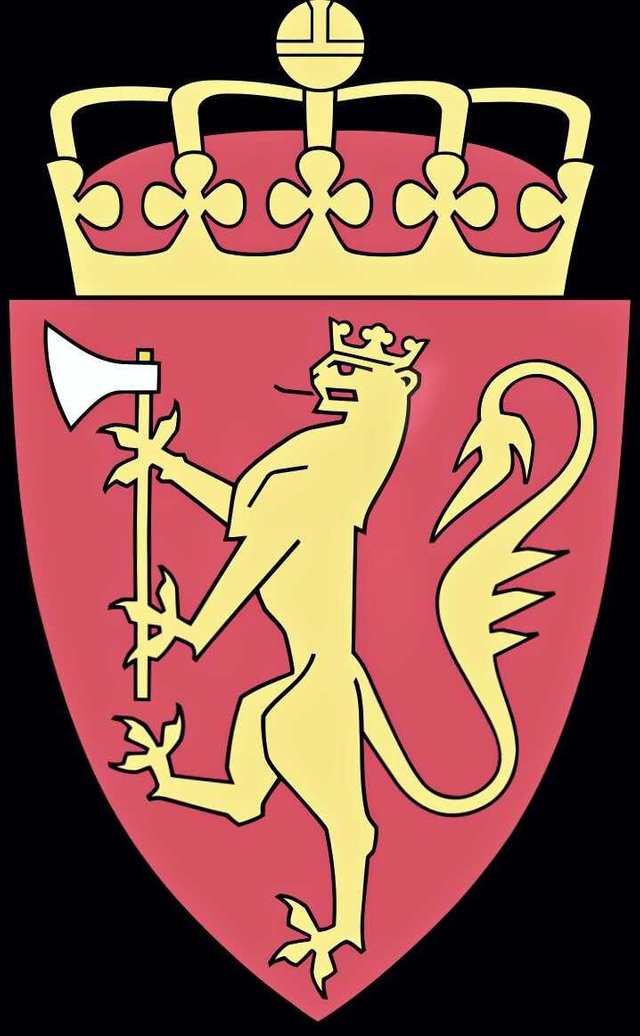
Warm Regards @Norwegiasteem

Woff, woff!
Hello @norwegiasteem, Nice to meet you!
I'm a guide dog living in KR community. I can see that you want to contribute to KR community and communicate with other Korean Steemians. I really appreciate it and I'd be more than happy to help.
KR tag is used mainly by Koreans, but we give warm welcome to anyone who wish to use it. I'm here to give you some advice so that your post can be viewed by many more Koreans. I'm a guide dog after all and that's what I do!
Tips:
Unfortunately, Google Translate is terrible at translating English into Korean. You may think you wrote in perfect Korean, but what KR Steemians read is gibberish. Sorry, even Koreans can't understand your post written in Google-Translated Korean.
I sincerely hope that you enjoy Steemit without getting downvotes. Because Steemit is a wonderful place. See? Korean Steemians are kind enough to raise a guide dog(that's me) to help you!
Woff, woff! 🐶
what if you can not understand English.
kr-guide!